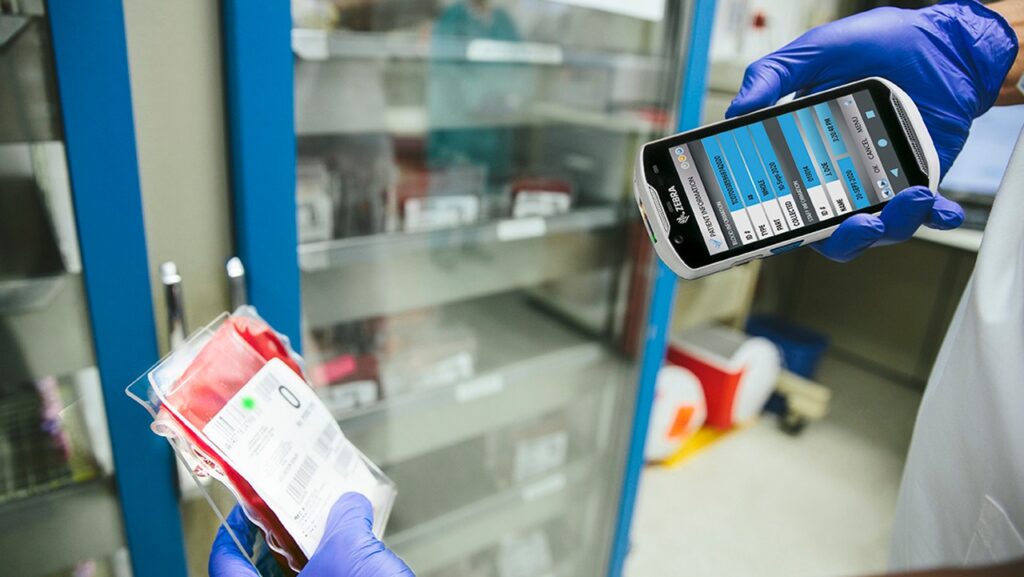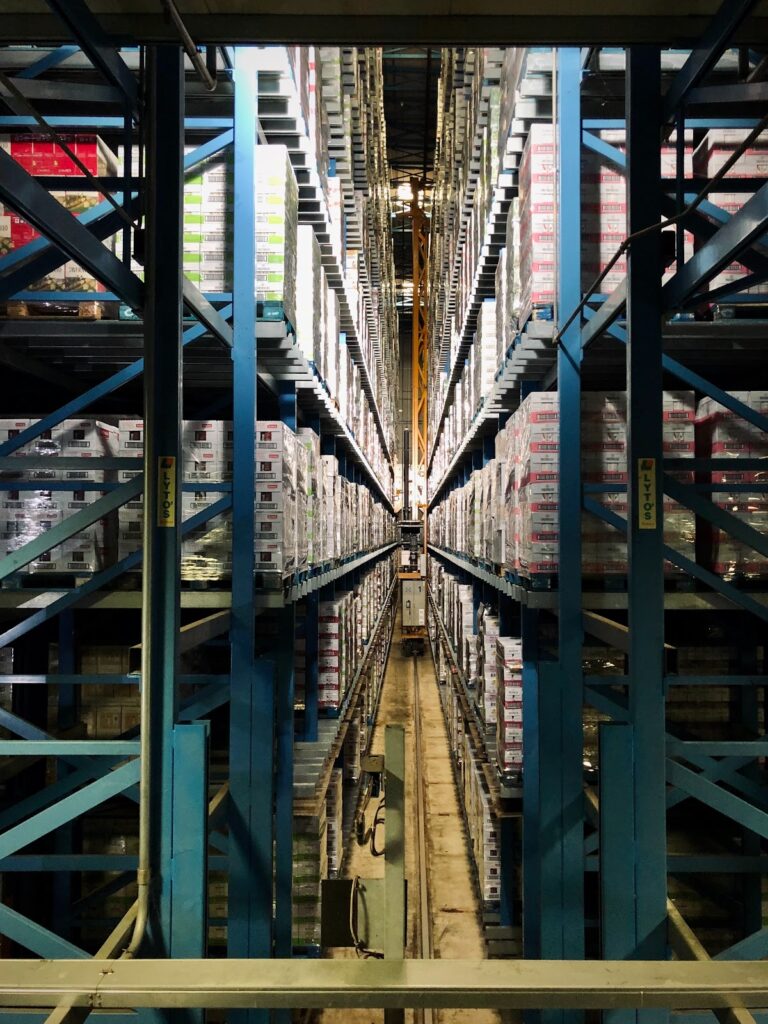Adopting cutting-edge data-capture systems and making the most of modern IoT and RTLS technologies is, of course, on the horizon for many Operations and IT business leaders; however, there are a couple of big questions that need to be answered when it comes to the execution of digital transformation: “how can business leaders minimise the expense incurred with innovation?”, and, “how can they guarantee that new technologies will reliably perform in the way that they want them to?”. In this blog, we’ll be answering those questions.
1) The Importance Of Digitalisation
2) Managing Risk & Minimising Expenditure
3) Maximising Impact
4) Executing Transformation In The Right Way
The Importance Of Digitalisation
In the article ‘Adopting New Technologies for Supply Chain Management’, Patterson and Co. state…
“The trend toward greater use of supply chain technologies is on a clear path forward…“With almost daily technology advancement globally in every facet of the business, organizations need to synchronize by adopting and implementing new electronic commerce and supply chain technology to protect market share, not to mention improve market penetration”.”
As supply chains evolve, digitalisation is becoming less of a differentiating factor and more of a necessity for business owners. Barcoding and RFID tagging, centralised and compliant labelling, mobile devices, and workflow optimisation tools are about more than just if you adopt them; it’s about when and how.
With that in mind, leaders managing innovation and transformation must consider three things: ease of adoption, cost of adoption, and risk to operational integrity (“Will it negatively impact a business’s existing IT infrastructure?”).
Managing Risk and Minimising Expenditure
For large logistics service providers, the cost of adopting new technologies extends beyond purchasing licenses, devices, and IT infrastructure. It relates to the cost of proving concepts and overhauling systems that must be adequately considered.
These technology overhauls can be avoided by working with solution providers with the depth and breadth of knowledge to develop solutions problem-first way, tailoring technologies around the root cause of a problem. Providers like MiTEQ collaborate with sector specialists and solution experts, marrying up issues with comprehensive, end-to-end, fully-supported asset management and RTLS solutions where in-house expertise ends and partnerships with informed and experienced technology providers begin.
Regarding the intent behind a full proof-of-concept, Renée Ure, COO at Lenovo, states that…
“A successful supply chain POC leads to a company-wide implementation which [technology providers] can then offer to [their] clients with confidence.”
To prove concepts on a smaller scale, in the right way – before company-wide rollouts – businesses need to embrace tools that allow cost-effective, localised trials of solutions within existing production environments. Ivanti Wavelink can save large-scale logistics providers tens of thousands in staging costs, enabling workers to trial technologies in a localised, safeguarded environment – where a restricted number of devices can be integrated into existing systems without risking the integrity of overarching operations.
If you would like to explore cost-effective ways of introducing modern asset management technologies into your supply chain, contact the MiTEQ team.
Maximising The Benefits Of Transformation
When maximising the benefits of digital transformation, it’s important to understand some key areas in which modern asset management and RTLS solutions add value. Here are a few:
– Handling processes
– Record-keeping
– Workflow optimisation
– Identity governance
– Onboarding and training processes
– Communications (from machine-to-machine, to worker-to-worker, and everything in-between)
– Connectivity
– Access and data security
For experienced leaders in transformation, focal points can be quickly identified – though consultative solution providers, like MiTEQ, can help with that, too. Once objectives are outlined, it becomes important that corresponding solutions are holistic and implemented to minimise costs while maximising results. There is no one-size-fits-all, so providers must have a depth of experience, a rounded understanding of what technology is available, and a sense of realism in the solutions they help you to deploy.
Executing Transformation In The Right Way
MiTEQ is helping business leaders simplify their adoption of modern technology by working alongside experienced innovation experts, technology providers, and asset management specialists.
If you are hoping to explore picking and packing solutions, centralised labelling systems, modern enterprise devices, software, connectivity solutions or more – for any part of your supply chain, be it for Healthcare, Pharmaceutical, Retail, Hospitality, or other – reach out via info@miteq.co.uk or visit our Contact Us page.




